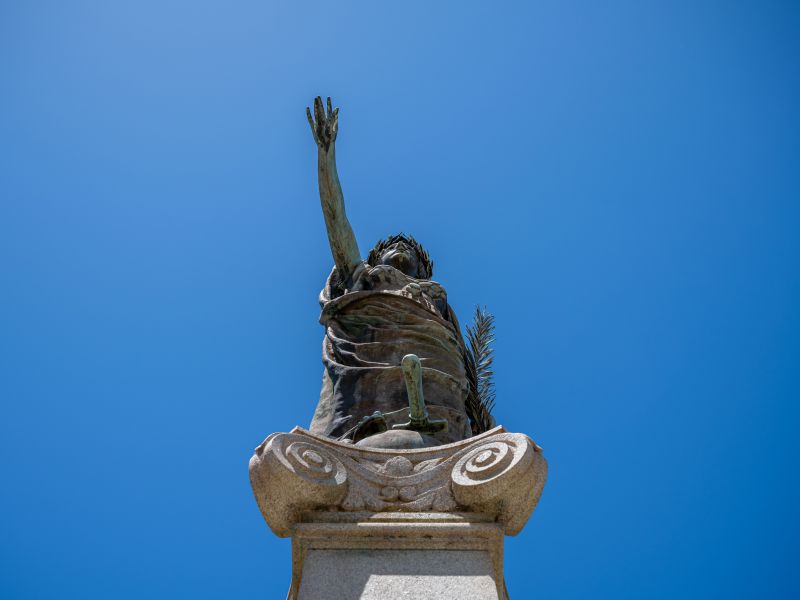Flight Sergeant Frank Edgar Everatt
427311 Flight Sergeant Frank Edgar Everatt, No. 467 Squadron, Royal Australian Air Force
Flying Battle 2 February 1945
Frank Everatt was born in the town of Narrogin in Western Australia on 4 May 1924, the son of Edgar and Jane Everatt. His father was a clerk with the Agricultural Bank in Narrogin, and growing up he had two sisters, Gladys and Monica. In 1932, when Frank was eight years old, his father killed himself with a rifle after suffering from depression. It was seven years before his mother remarried, this time to James Plumb.
Everatt attended Narrogin State School and Albany High School. After leaving school he found work as a junior clerk with the government railways at Midland Junction. He was eager to serve, and joined the Air Training Corps at 17. A month after turning 18, on 24 June 1942, he enlisted in the Royal Australian Air Force. He began training, and in July 1943 was made sergeant and received his air gunner’s badge.
On 30 August 1943, Everatt embarked from Melbourne for overseas service, arriving in the United Kingdom in October. As part of the Empire Air Training Scheme, he was one of almost 27,500 RAAF pilots, navigators, wireless operators, air gunners, and flight engineers who, throughout the course of the war, joined Royal Air Force squadrons or Australian squadrons based in Britain.
Further specialist training followed, and in January 1944 Everatt was promoted to flight sergeant. In October he was posted to No. 467 Squadron, RAAF. As part of Bomber Command, the squadron flew the four-engined Avro Lancaster heavy bomber.
On the night of 2 February, Bomber Command mounted a slew of raids on targets in Germany, launching 1,200 aircraft. Some 250 were sent to bomb the town of Karlsruhe in Germany. No. 467 Squadron committed 19 aircraft. Flight Sergeant Everatt was the wireless operator and air gunner on Lancaster “PO-J”, which took off from the Royal Air Force Base at Waddington at 7.51 pm.
Two of the squadron’s Lancasters never returned, including Everatt’s. It was later revealed that the aircraft had been shot down near the village of Karlsdorf, 12 miles east of the target. Also on board were Australians Flying Officer James Inkster, Pilot Officer Allan Pearce, Warrant Officer Bertram Weber, and Flight Sergeants Frederick Bean and Phillip Carter, along with British airmen Flight Lieutenant Noel Colley and Sergeant Dennis Howdle.
The bodies of the crews were recovered by the Germans and buried in a communal grave at the Karlsdorf Cemetery. After the war the remains of Commonwealth servicemen buried in Europe were examined and identified where possible. The remains of Everatt, Carter, and Pearce could not be identified, and so they were reinterred together, some 270 kilometres away at the Durnbach War Cemetery. Everatt’s headstone bears the inscription: “Loved, remembered, longed for always.” He was 20 years old.
Everatt left behind a grieving fiancée in England. He was dearly missed by his family and friends back in Australia, who placed in memoriam notices in the newspapers after his death.
- Australian War Memorial https://www.awm.gov.au/collection/R1703647
 Australian War Memorial
Australian War Memorial